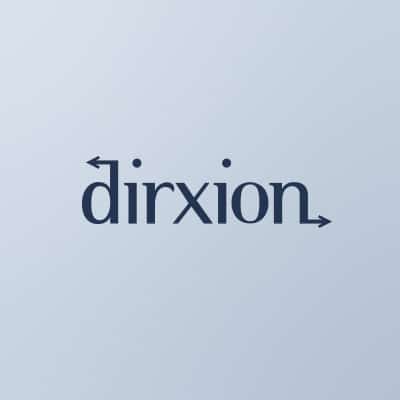The goals of websites have now gone beyond plain functionality in the current day and age of the Internet. The standard for websites is now based on a user-centered design, focusing on ease-of-use in order to build a website that’s both efficient and intuitive. Web users now expect a seamless, easy-to-use browsing experience that delivers on a consistent basis.
The Daily Egg, the blog and online content website for Crazy Egg, outlines the biggest factors associated with website usability. One of these factors is the accessibility of a website. Strong hosting with attention to mobile responsiveness lowers the risk of web users running into error messages or failing to load on mobile devices due to slow connections. According to studies compiled by HubSpot, 64 percent of consumers expect web pages to load in four seconds or less on their smartphones. With desktops, 47 percent of consumers expect webpages to load in two seconds or less.
The article also calls upon the importance of a clutter-free browsing experience with the least amount of distractions possible. These distractions could steer the consumer away from their initial goal. Design simplicity, familiarity, consistency, guidance, direct feedback and good information architecture resonate the strongest with customers and often serve as the foundation of their judgement of a website. According to bitcatcha, a web hosting research company, consumers directly associate fast websites with efficiency, trust and confidence.
Website performance can also affect SEO. Google has recently prioritized speed and announced in 2010 they will take speed into consideration when deciding which websites rank highest on their search results. User experience, conversion rates, sales and SEO can all be positively or negatively influenced depending on the speed of your website.
You may have heard that here at Google we’re obsessed with speed, in our products and on the web. As part of that effort, today we’re including a new signal in our search ranking algorithms: site speed. Site speed reflects how quickly a website responds to web requests. —Google Webmaster Central Blog, 2010
Dirxion online catalogs are built with both the user experience and performance in mind. Customers have a high degree of customization available, which can vary from a minimal UI (like with American Giant), or a busier and flushed out design (like with MooseJaw). Because Dirxion online catalogs are optimized with HTML5, their performance won’t falter on mobile devices and across multiple browsers. Dirxion’s online catalogs are all hosted at a data center in St. Louis. However, proxy servers located across the country ensure all catalogs perform equally no matter the location of the user. Pages load quickly, interactive links are responsive and Quick Views appear in seconds.









